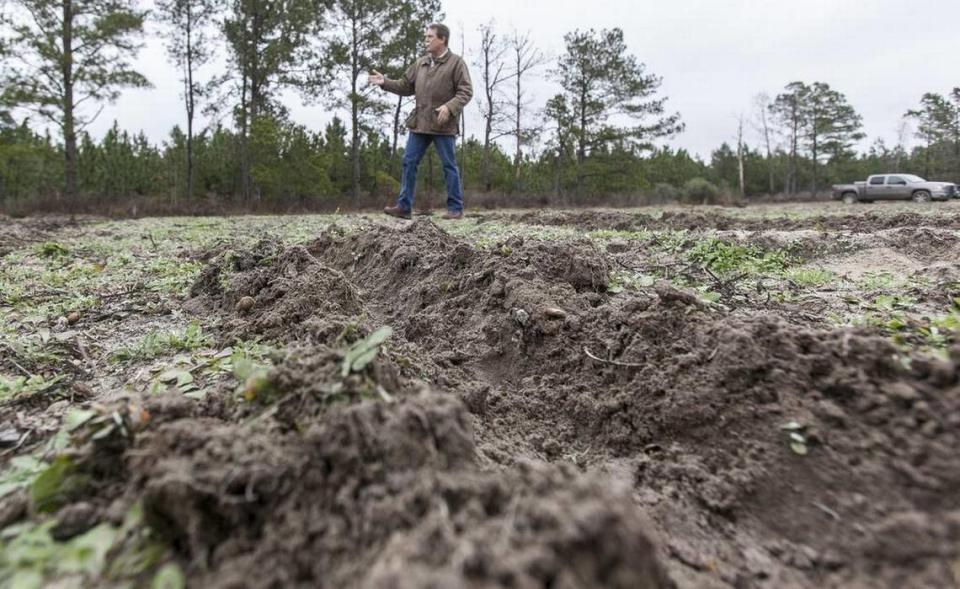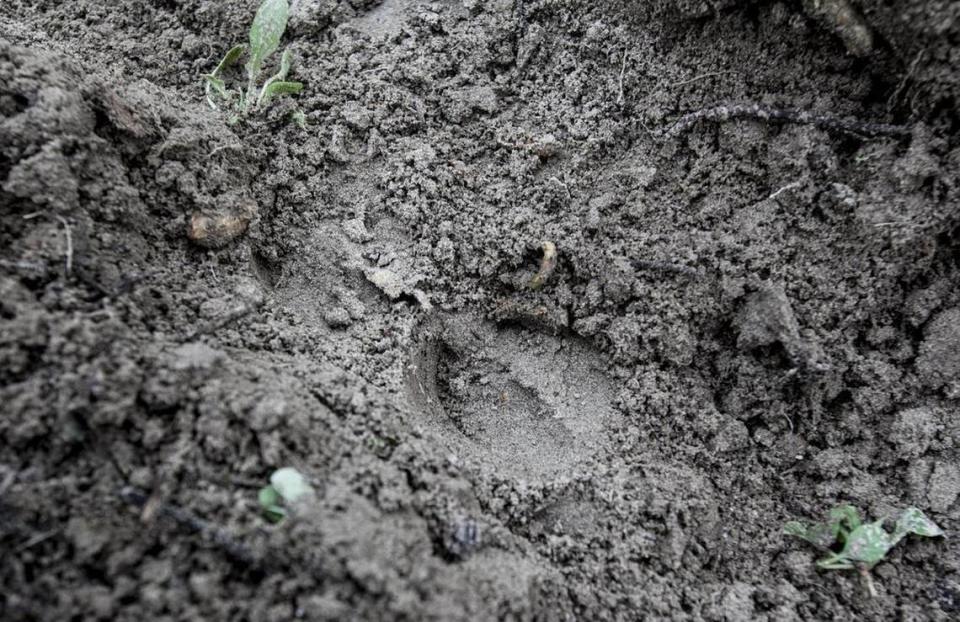Have you recently seen wild hogs? Here’s the signs of wild hogs and how to get rid of them
If you live inland in Horry County, you might have to deal with feral hogs.
Wild hogs, which are found in every county in South Carolina and across the South, can cause a great amount of damage. The Wild Hog Task Force estimates that hogs cause hundreds of millions of dollars of damage every year. They can destroy acres of crops or forests overnight and will sometimes eat young livestock, such as lambs.
There were an estimated 112,000 hogs in South Carolina in 2022, according to Charles Ruth, the South Carolina Department of Natural Resources (SCDNR) big game program coordinator. They can reproduce quickly; female pigs can have multiple litters a year, up to 8 at a time, and hogs reach sexual maturity at a young age.

Here’s how to know if you have wild hogs living near you and what to do about them. Hint: They love swamps and are extremely difficult to get rid of.
Why are there wild hogs in Horry County?
Wild hogs have been in South Carolina for around 500 years, first appearing when Spanish settlers brought domesticated pigs over as a food source, according to the “A Landowner’s Guide to Wild Pig Management.” Later, in the early 1900s, wild boars were brought over and set free for hunting purposes. The boars bred with the feral swine and created the destructive feral hogs seen in South Carolina today.
In Horry County, wild hogs can be found living near the Waccamaw and the Little Pee Dee rivers, according to the SCDNR. They tend to stay around swampy areas of the coastal plains.
What are the signs of wild hogs?
If you see these popping up, it’s a tell tale sign that hogs are near. Pictures can be found on pages 10 and 11 of the “Managing Wild Pigs: A Technical Guide”.
An uprooted field, as the hogs will tear up the ground to eat various roots and tubers.
Beds of palmetto fronds. This is where female hogs will keep their piglets.
Hoof tracks that are round and do not come to a point at the top.
Bark removed from trees. Hogs will remove bark with their tusks as a way to leave their scent.
A mud coating on tree trunks. Hogs will roll around in mud and wipe the excess off on a tree trunk
Mud wallows, as hogs cover themselves in mud to keep cool. This creates an depression in the ground where the hogs have rolled around.

Can you hunt wild hogs?
South Carolina has very lenient laws on hunting hogs. With a hunting license, you are able to hunt them year round on private land during the day. This includes dog hunting.
You can hunt at night as long as the property is registered for night hunting with the SCDNR. This can be done for free online. If you are hunting near a home with firearms, you must get permission from the occupant to be closer than 300 yards.
“There’s not a lot legally you can’t do,” said Ruth.
How to get rid of wild hogs
Ruth said catching hogs with traps is the most common and efficient way to bring down a hog population. Although it’s more efficient, it is not easy. Wild hogs are extremely smart, making them difficult to catch.
Beginning on page 24, the “Managing Wild Pigs: A Technical Guide” lays out the different kinds of traps to use and how best to go about it.
What’s notable is that in order to trap hogs, it is best to condition them to enter the trap by not capturing them right away. This helps ensure that you can catch multiple hogs at once.
It’s recommended to provide escape routes for deer and bears, as they often get caught in these traps. You must immediately release any deer or bear caught in hog traps.
Once you catch hogs, you have to kill them. It is illegal to relocate wild hogs to a different part of the state.

